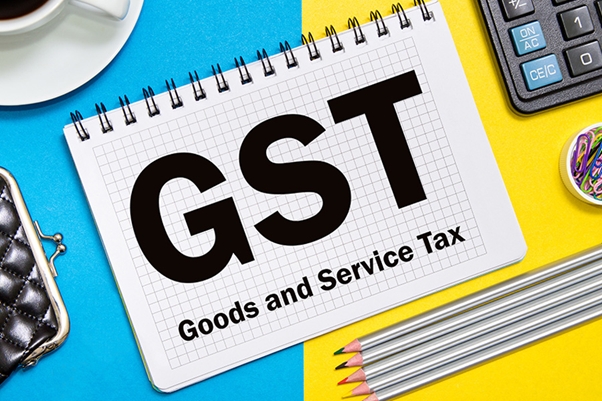Understanding the Composition Scheme Rules under GST
Goods and Services Tax (GST) is a
comprehensive indirect tax regime that has replaced several indirect taxes in
India. It is aimed at making the country's indirect tax regime simpler,
transparent, and efficient. The composition scheme is one of the most
significant provisions under the GST law, which provides relief to small
taxpayers by reducing their compliance burden. In this article, we will delve
into the composition scheme rules under GST and understand how they work.
What is the Composition
Scheme under GST?
The composition scheme is a scheme
under GST designed for small taxpayers who have a turnover of up to 1.5
crore rupees. It is a simplified compliance mechanism that enables taxpayers to
pay taxes at a lower rate and with fewer compliances. The scheme provides an
opportunity for small businesses to save on the costs associated with
compliance and also reduces their administrative burden.
Eligibility for the
Composition Scheme
- To be eligible for the composition scheme, a taxpayer must meet the following criteria:
- The taxpayer's annual turnover must not exceed 1.5 crore rupees.
- The taxpayer must be a manufacturer, trader, or restaurant owner.
- The taxpayer cannot engage in inter-state supplies.
- The taxpayer cannot supply any exempt goods or services.
- Benefits of the Composition Scheme
The composition scheme offers
several benefits to small taxpayers, including:
- Lower tax rate: Under the composition scheme, taxpayers pay taxes at a lower rate compared to the standard GST rate.
- Simplified compliance: The composition scheme requires fewer compliances, making it easier for small taxpayers to comply with GST rules.
- Reduced administrative burden: The simplified compliance procedures under the composition scheme reduce the administrative burden on small taxpayers.
- Cost savings: By paying taxes at a lower rate and complying with fewer rules, small taxpayers can save on the costs associated with compliance.
Rate of Tax under the Composition
Scheme
The rate of tax
under the composition scheme depends on the nature of the business. For
manufacturers, the rate of tax is 1%, while for traders and restaurant owners,
the rate of tax is 5%. It is important to note that under the composition
scheme, taxpayers cannot claim input tax credit, and the taxes paid under the
scheme are not eligible for set-off against the taxes payable on their regular
supplies.
How to Opt for the
Composition Scheme
To opt for the composition
scheme, taxpayers must make an application in Form GST CMP-01. The application
must be filed within the prescribed time limit and must be approved by the tax
authorities. Once approved, taxpayers can start availing the benefits of the
composition scheme.
Conclusion
In conclusion, the composition
scheme under GST is a simplified compliance mechanism designed for small
taxpayers. It provides relief to small businesses by reducing their compliance
burden and enabling them to pay taxes at a lower rate. The scheme offers
several benefits, including lower tax rates, simplified compliance, reduced
administrative burden, and cost savings. By understanding the composition
scheme rules and opting for the scheme, small taxpayers can save time and money
while complying with GST rules.
Original Source : Understanding
the Composition Scheme Rules under GST



Comments
Post a Comment